Jianchao Zheng
Fluid Antenna Systems Enabling 6G:Principles, Applications, and Research Directions
Dec 05, 2024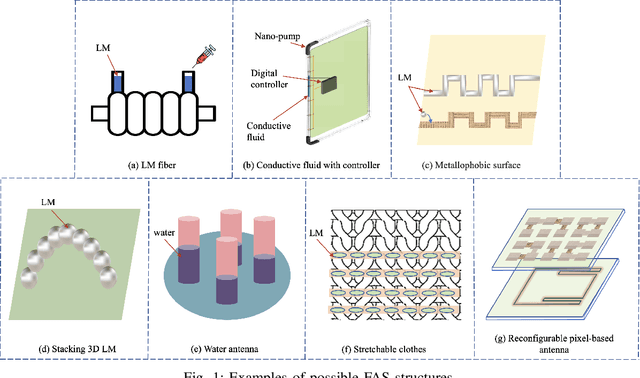
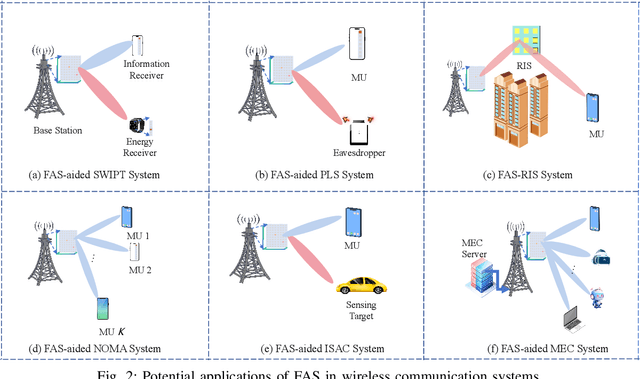
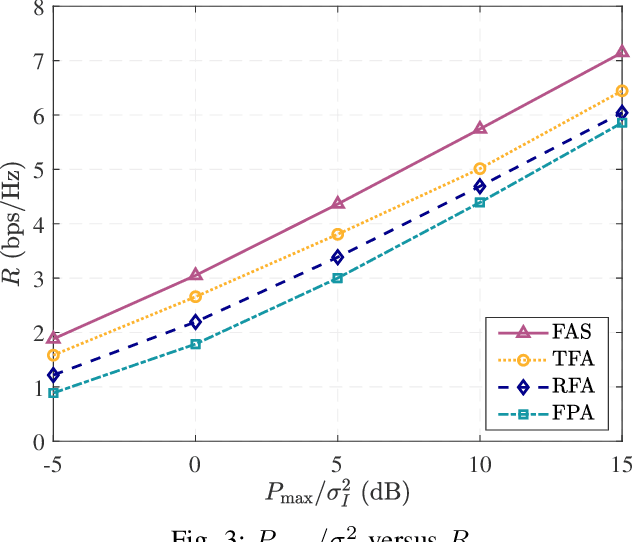
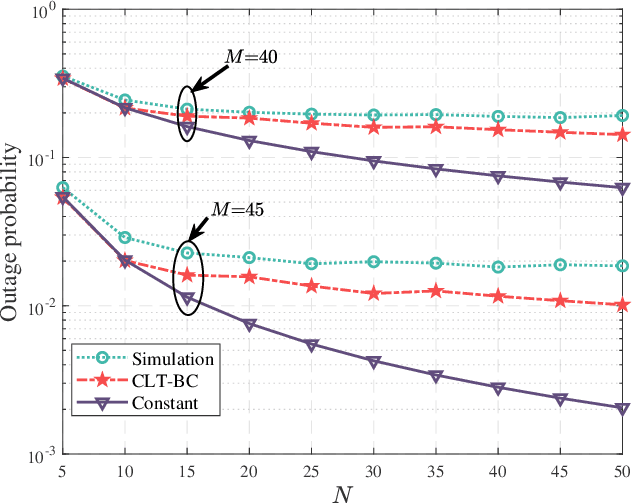
Abstract:Fluid antenna system (FAS) as a new version of reconfigurable antenna technologies promoting shape and position flexibility, has emerged as an exciting and possibly transformative technology for wireless communications systems. FAS represents any software-controlled fluidic, conductive or dielectric structure that can dynamically alter antenna's shape and position to change the gain, the radiation pattern, the operating frequency, and other critical radiation characteristics. With its capability, it is highly anticipated that FAS can contribute greatly to the upcoming sixth generation (6G) wireless networks. This article substantiates this thought by addressing four major questions: 1) Is FAS crucial to 6G? 2) How to characterize FAS? 3) What are the applications of FAS? 4) What are the relevant challenges and future research directions? In particular, five promising research directions that underscore the potential of FAS are discussed. We conclude this article by showcasing the impressive performance of FAS.
Unlocking FAS-RIS Security Analysis with Block-Correlation Model
Nov 03, 2024



Abstract:In this letter, we investigate the security of fluid antenna system (FAS)-reconfigurable intelligent surfaces (RIS) communication systems. The base station (BS) employs a single fixed-position antenna, while both the legitimate receiver and the eavesdropper are equipped with fluid antennas. By utilizing the block-correlation model and the central limit theorem (CLT), we derive approximate expressions for the average secrecy capacity and secrecy outage probability (SOP). Our analysis, validated by simulation results, demonstrates the effectiveness of the block-correlation model in accurately assessing the security performance. Moreover, simulation results reveal that FAS-RIS system significantly outperforms other systems in terms of security, further underscoring its potential in secure communication applications.
Paving the Way to 6G: Outage Probability Analysis for FAS-ARIS Systems
Nov 03, 2024

Abstract:In this paper, we pave the way to six-generation (6G) by investigating the outage probability (OP) of fluid antenna system (FAS)-active reconfigurable intelligent surface (ARIS) communication systems. We consider a FAS-ARIS setup consisting of a base station (BS) with a single fixed-position antenna and a receiver equipped with a fluid antenna (FA). Utilizing the block-correlation model, we derive a closed-form expression for the OP. Our analysis, supported by numerical results, confirms the accuracy and effectiveness of the derivation. Furthermore, the results demonstrate that the FAS-ARIS system significantly outperforms other configurations in terms of OP, highlighting its potential to enhance communication performance and reliability in future 6G networks.
Exploring the Impact of RIS on Cooperative NOMA URLLC Systems: A Theoretical Perspective
Oct 23, 2024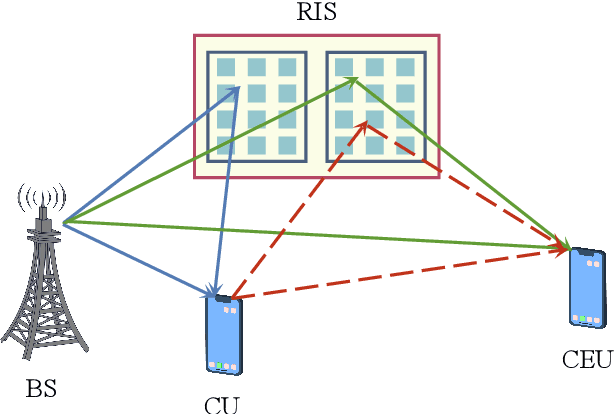
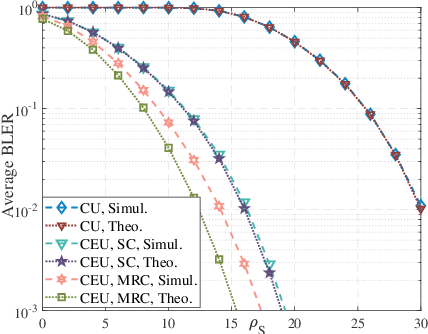
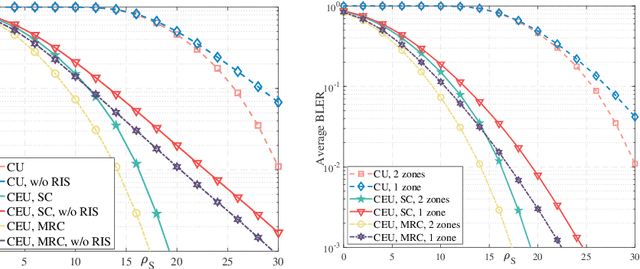
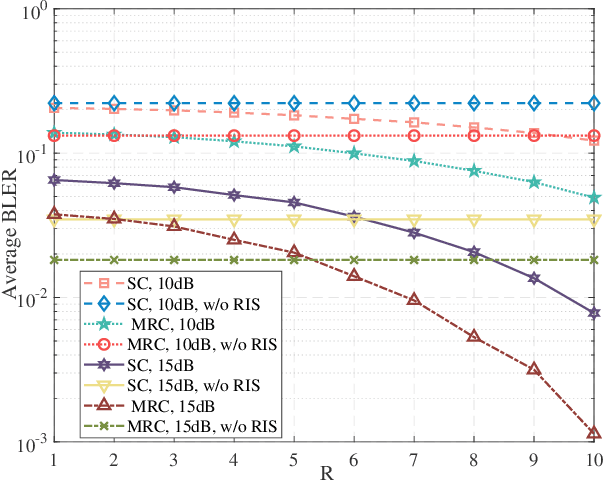
Abstract:In this paper, we conduct a theoretical analysis of how to integrate reconfigurable intelligent surfaces (RIS) with cooperative non-orthogonal multiple access (NOMA), considering URLLC. We consider a downlink two-user cooperative NOMA system employing short-packet communications, where the two users are denoted by the central user (CU) and the cell-edge user (CEU), respectively, and an RIS is deployed to enhance signal quality. Specifically, compared to CEU, CU lies nearer from BS and enjoys the higher channel gains. Closed-form expressions for the CU's average block error rate (BLER) are derived. Furthermore, we evaluate the CEU's BLER performance utilizing selective combining (SC) and derive a tight lower bound under maximum ratio combining (MRC). Simulation results are provided to our analyses and demonstrate that the RIS-assisted system significantly outperforms its counterpart without RIS in terms of BLER. Notably, MRC achieves a squared multiple of the diversity gain of the SC, leading to more reliable performance, especially for the CEU. Furthermore, by dividing the RIS into two zones, each dedicated to a specific user, the average BLER can be further reduced, particularly for the CEU.
FAS-RIS Communication: Model, Analysis, and Optimization
Aug 24, 2024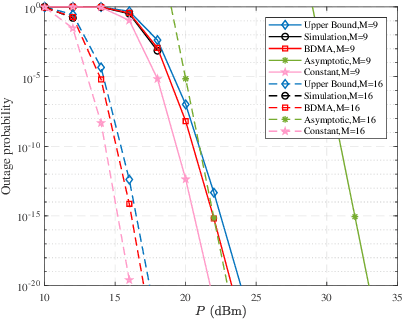
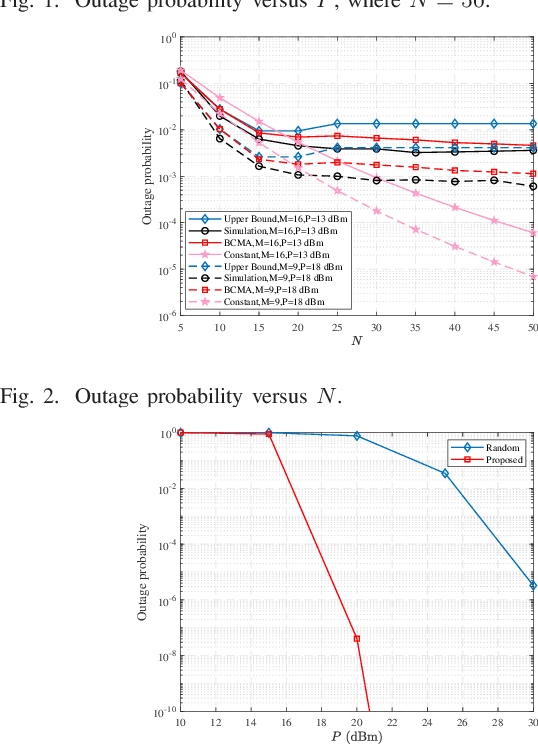
Abstract:This correspondence investigates the novel fluid antenna system (FAS) technology, combining with reconfigurable intelligent surface (RIS) for wireless communications, where a base station (BS) communicates with a FAS-enabled user with the assistance of a RIS. To analyze this technology, we derive the outage probability based on the block-diagonal matrix approximation (BDMA) model. With this, we obtain the upper bound, lower bound, and asymptotic approximation of the outage probability to gain more insights. Moreover, we design the phase shift matrix of the RIS in order to minimize the system outage probability. Simulation results confirm the accuracy of our approximations and that the proposed schemes outperform benchmarks significantly.
FAS-assisted NOMA Short-Packet Communication Systems
Oct 22, 2023
Abstract:In this paper, we investigate a fluid antenna system (FAS)-assisted downlink non-orthogonal multiple access (NOMA) for short-packet communications. The base station (BS) adopts a single fixed antenna, while both the central user (CU) and the cell-edge user (CEU) are equipped with a FAS. Each FAS comprises $N$ flexible positions (also known as ports), linked to $N$ arbitrarily correlated Rayleigh fading channels. We derive expressions for the average block error rate (BLER) of the FAS-assisted NOMA system and provide asymptotic BLER expressions. We determine that the diversity order for CU and CEU is $N$, indicating that the system performance can be considerably improved by increasing $N$. Simulation results validate the great performance of FAS.
The Learning and Prediction of Application-level Traffic Data in Cellular Networks
Mar 28, 2017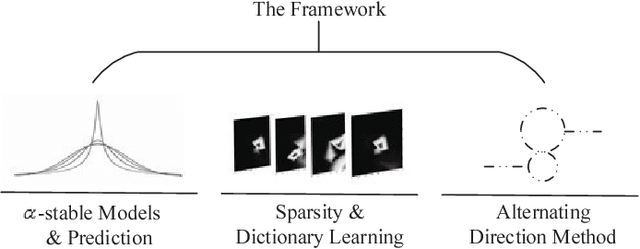
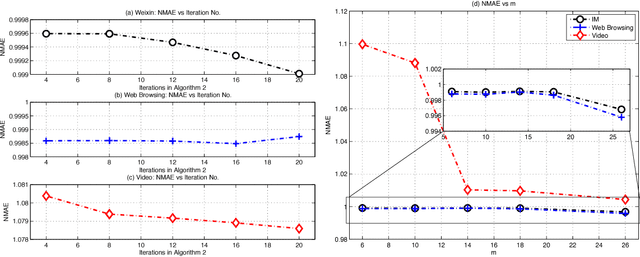
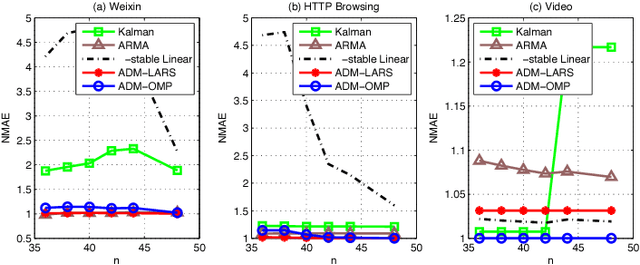

Abstract:Traffic learning and prediction is at the heart of the evaluation of the performance of telecommunications networks and attracts a lot of attention in wired broadband networks. Now, benefiting from the big data in cellular networks, it becomes possible to make the analyses one step further into the application level. In this paper, we firstly collect a significant amount of application-level traffic data from cellular network operators. Afterwards, with the aid of the traffic "big data", we make a comprehensive study over the modeling and prediction framework of cellular network traffic. Our results solidly demonstrate that there universally exist some traffic statistical modeling characteristics, including ALPHA-stable modeled property in the temporal domain and the sparsity in the spatial domain. Meanwhile, the results also demonstrate the distinctions originated from the uniqueness of different service types of applications. Furthermore, we propose a new traffic prediction framework to encompass and explore these aforementioned characteristics and then develop a dictionary learning-based alternating direction method to solve it. Besides, we validate the prediction accuracy improvement and the robustness of the proposed framework through extensive simulation results.
 Add to Chrome
Add to Chrome Add to Firefox
Add to Firefox Add to Edge
Add to Edge